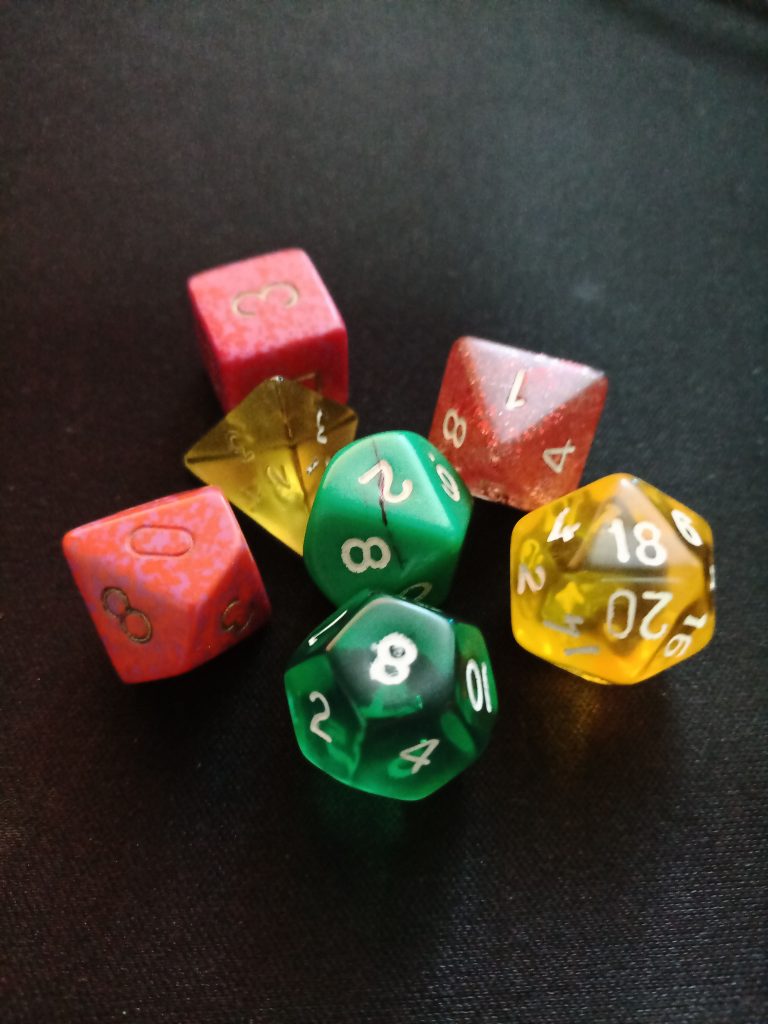
Role games and copyrights
There is no specific rule for registering role and board games: it may even seem that they have no protection at all.
But in reality this is not the case at all.
The copyright law does not include rola and board games among protected works. Patent law does not clearly consider them among the objects that can be protected.
But, the evidence of the facts reminds us that the board game is by its very nature a creative work that has the same rights as any other work to be protected. To do so, it is necessary to resort to some “little tricks”, or rather, certain considerations. Let’s see what it is!
How can we protect our role and board games?
Basically, a game is a set of creative works that work in concert with each other to create and bring to life a series of playful dynamics. They are all at the base of the game’s purpose: fun!
Character descriptions, a possible board, manuals, spells and witchcraft, objects, bestiaries and any other literary work, as well as 3D projects of the “action figures” of the characters, can be treated as such and registered on Safecreative.org using the rights statements available there.
It is understood that the latter’s projects may always be registered with Safe Creative as creative works in their respective categories.
For tools and any other object essential to the dynamics of the game, it will be possible to file a patent with the Territorial Office. These are the best options to safeguard your creation.
The same approach should also be taken for the name and logo that will distinguish our role-playing game. However, if the logo is also an image, it can be registered at Safe Creative as an image as long as it is original and creative.

Of course, this might be different depending on the type of game.
Not really. A board game is, at least in part, a collection of different creative parts that are legally protected by copyright law the moment those where created. You may use Safe Creative to generate electronic evidence of the existence of those elements in time together with your authorship claim. Other elements, such as the trademark or the mechanics of the game should be registered in a patent or trade office.
I do not understand this, if a board game is created it should: photograph sequentially in movements in order to be LEGALLY PROTECTED?